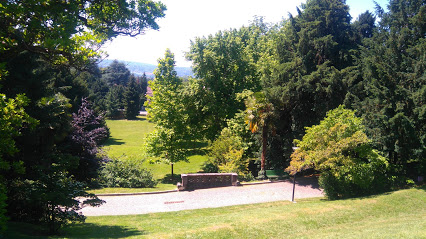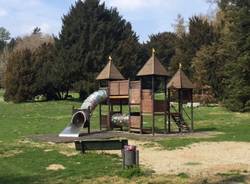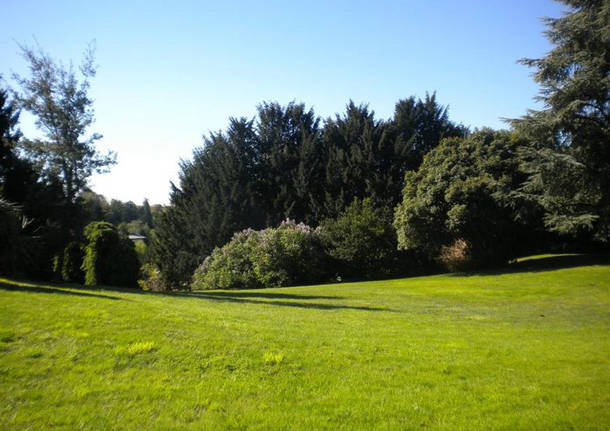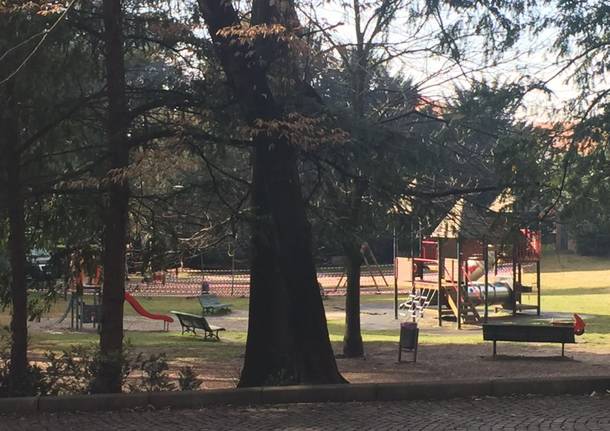An independent municipality until 1927, with its annexation to Varese, did not abandon the preservation of its cultural and folklore traditions of interest and prestige, such as the Palio delle contrad.
As tangible evidence of Masnago's historical and independent heritage, there is a medieval castle, immersed in the vast Mantegazza Park.
Like other fortifications in pre-Alps, the medieval Masnago Castle attests to the period when this area was fortified due to its great strategic military importance. An obvious example is the still-existing castle tower, which dates back to the 12th century. Between the 16th and 18th centuries, the castle changed its function: from military fortification to the palace. Thus, it is rich in a charming garden: the first embryo in the Mantegza Park dates back to 1700, when historical documents confirm a collection of vegetable gardens and agricultural areas around Masnago Castle. Today's garden, however, is quite different from the garden built at the time; from the 18th-century Italian-style garden, only two stone lions, placed on the columns at the entrance, remain a symbol of the Castiglioni family. Today the park has a romantic English character and harmony between old and young trees, a typical area of Varese and exotic imports. A historic park of great importance in the Varese region, Mantegaza Park owes the name of Angelo Mantegaza, one of the last owners of the area before it was sold to the municipality of Varese in 1981.





